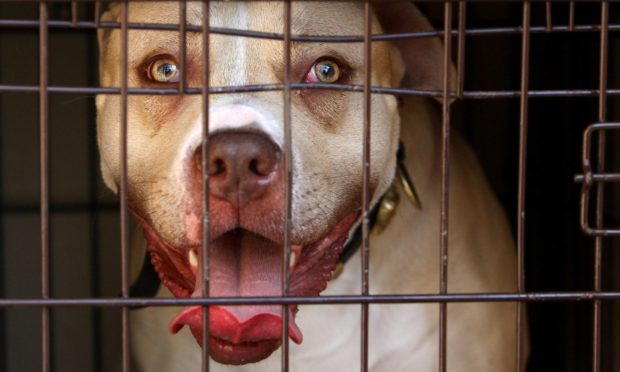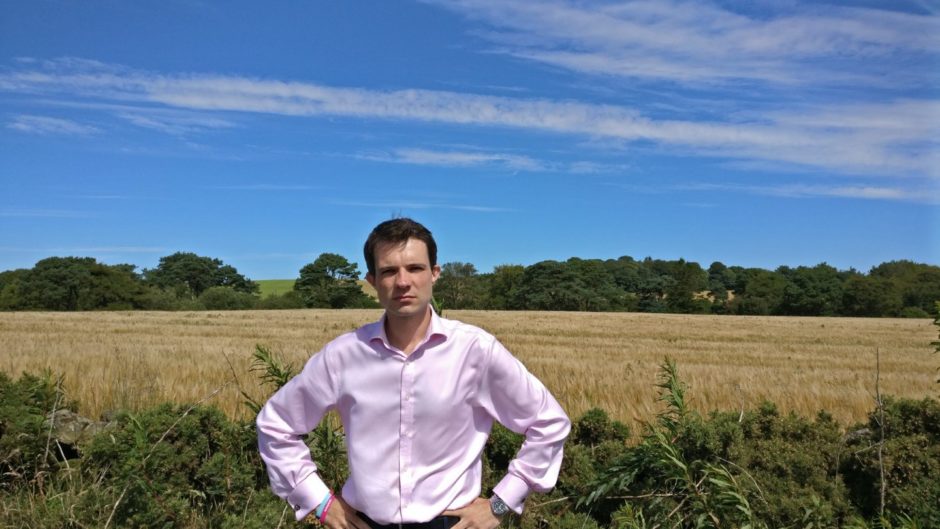Renewed calls have been made for a national Scottish database of dangerous dogs, amid fears some can “simply vanish” if their owner changes address.
Concerns have been raised that people can easily escape dog control notices (DCN) currently being issued by simply moving from one council area to another.
It comes as it was revealed that half of cases brought to court under the Dangerous Dogs Act 1991 in Grampian, the Highlands and islands have ended in conviction in the last three years.
Across the north and north-east, 30 cases have ended in conviction and in five dogs being destroyed, according to freedom of information figures requested by the Scottish Conservatives.
Aberdeen and Aberdeenshire’s largest town, Peterhead, are northern hot beds for convictions, having 20 between them since April 2018.
Numbers have sharply fallen since April 2020 – but there are fears the problem will emerge once more when social restrictions due to coronavirus are lifted.
In the last nine months, there have been only three convictions – one each in Aberdeen, Peterhead and Elgin – while there were 16 last year, including in Inverness, Kirkwall and Stornoway.
The Scottish Government will next year launch a consultation on reforming dog control legislation, looking at what constitutes a dog being “dangerously out of control” under the 1991 law.
A study is already underway into the possibility of a national database, something the Conservatives claim ministers have to undertake due to a “national crisis of safety”.
Tory West Aberdeenshire and Kincardine MP, Andrew Bowie, said: “Dog control notices are a good idea in themselves, because most owners are very scrupulous about keeping their pets on a lead in situations where they might be hard to control.
“However they don’t work when someone moves between council areas.
“There should be a central database so councils and law enforcement can track problem owners or animals, when now they can simply vanish.
“Serious cases are fortunately quite rare, but these figures show serious legal repercussions when they do occur.”
Last year, Holyrood’s public audit committee published a report finding there were still too many dog attacks.
MSPs on the committee concluded the 2010 law passed on the control of dogs was “not fit for purpose” and there had been a “failure” to set up the Scotland-wide database.
At the time, the Scottish Government argued councils and police had not consistently used their legal powers.
Last night, a Scottish Government spokesman said: “Working with justice agencies and local authorities, the Scottish Government is committed to helping keep communities safe from irresponsible dog owners and their out of control dogs.
“While it is welcome to see that serious dog control cases have reduced in the north-east this year, any dog attack is still one too many.
“Decisions in specific cases are for independent justice agencies and local authorities to take.
“However, a range of action is under way to support operational agencies including a Scottish Government established working group progressing key issues with Police Scotland and local authorities.
“A study is currently underway to determine the possible creation of a national Dog Control Notice (DCN) database to develop a fuller understanding of the current approach towards DCN management, and to analyse and assess ways in which this might be transformed across local authorities.
“The outcome of the study will be reported back to the Scottish Government early next year.”

